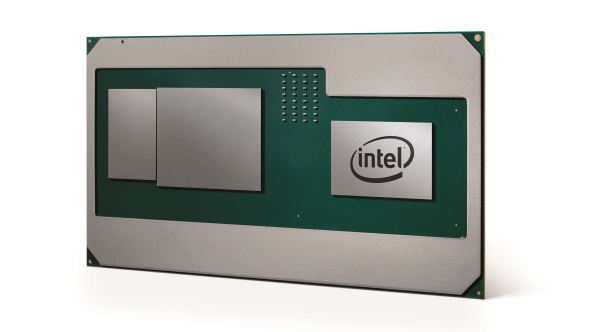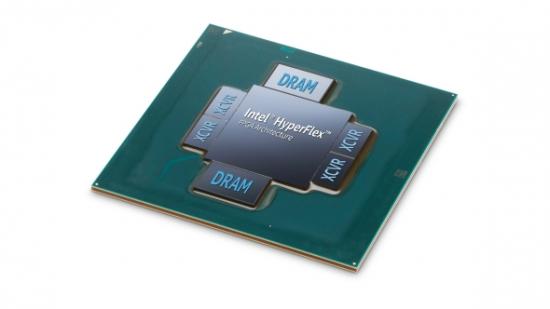Intel have just released another server-loving FPGA, the Intel Stratix 10 MX. While we tend not to focus on the data centre here at PCGamesN, the Stratix is the first ever FPGA with HBM2 memory on the chip – the costly memory tech that caused issues for AMD’s RX Vega launch.
See how HBM2 stacks up against the competition. Here are the best graphics cards around.
Intel recently announced they are getting back into the graphics game, although I’m afraid the Stratix isn’t that, and it won’t be able to run Crysis, either. What this field programmable gate array (see why we call them FPGAs?) can do is accelerate mass data transfers and aid in real-time encryption and decryption for HPC and data centre applications.
To move all that data, Intel have integrated some second-gen high-bandwidth memory within the chip – better known as HBM2. Big blue have utilised this speedy memory for the first time with their Embedded Multi-Die Interconnect Bridge (EMIB – sorry for all the acronyms). This is the same cross-interposer tech that they are creating in their joint AMD processor venture with Radeon graphics and Core CPU architecture. It’s also rather similar in function to AMD’s own Infinity Fabric interconnect.
AMD struggled initially to get the right quantity of their Vega cards out, and the cards that did manage to see the light of day didn’t last long at RRP. This was at least partly down to the extremely limiting HBM2 memory choice for AMD; not necessarily because of the tech itself, but more because of issues in its production line. However, it seems that the memory has found another life in Intel’s application, and Nvidia’s top-end professional Volta cards – such as the $3,000 Titan V. But where does this leave further implementation of HBM2 for Radeon as well as more mainstream graphics cards?

AMD are rumoured to be launching some form of 12nm refreshed graphics architecture this year, and the prospect for HBM2 memory being involved has been put into question because of the realisation that AMD have been working on a GDDR6 memory controller in the meantime.
But with Nvidia, and now Intel, utilising the memory tech in ever greater numbers, this increase in demand should lead to higher availability, and lower costs for the on-chip component – as long as manufacturers step up production, which Samsung indeed are. On the flip side, it could potentially limit the HBM2 pool even further with the high demand outstripping supply once more. But AMD likely had their stock problems as they were early adopters, and I like to stay positive.
The future of high-bandwidth memory tech is still very much an open book. Despite the lacklustre foray into stacked DRAM by AMD, HBM2 hasn’t struggled to find purchase among other applications, such as Intel’s latest FPGA. AMD may have been a touch too early with their Vega memory tech as HBM2 now seems to be reaching tipping point into mainstream adoption. Intel and Nvidia, among handfuls of others, are including it in their designs, but will the red team stick with it?
